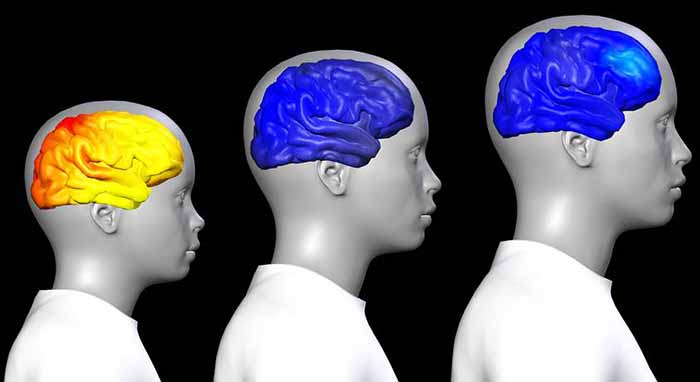
Research just published in the Journal of Neuroscience presents evidence suggesting structural brain and cognitive effects of just one or two instances of cannabis use in adolescence.
The study utilized brain scans to compare grey matter volume (GMV) in 46 fourteen year old male and female adolescents with just one or two instances of cannabis use and a carefully matched control group of non-cannabis users. The outcome showed differences in GMV among the cannabis users that were not indicated in the non-user group. It also showed that GMV differences were unlikely to precede cannabis use.
This new research confirms what The Council on Recovery has understood for years: Teenage and young adult brains are physiologically affected by substance use (such as cannibinoids) until those brains are fully-developed in the mid-20s. Substance users are also more likely to become addicted during this brain maturation period than if they wait until after full brain development.
These findings are timely as the legal status of cannabis is changing in many places and the perceived risks of cannabis use by young people has declined. In recent survey by the National Institute of Drug Abuse, nearly 35% of American 10th graders reported recreational cannabis. And that number may be increasing as the legal status of marijuana changes around the country. But, even as societal attitudes regarding marijuana shift, cannabis use and its effect on the adolescent and young adult brain continue. Certainly, while much is known, more research is needed.
In the meantime, The Council stands ready to help teenagers, young adults, and their families recover from cannabis addiction and other substance use disorders. If you or a loved one needs help, call 713-942-4100 or contact us online.
